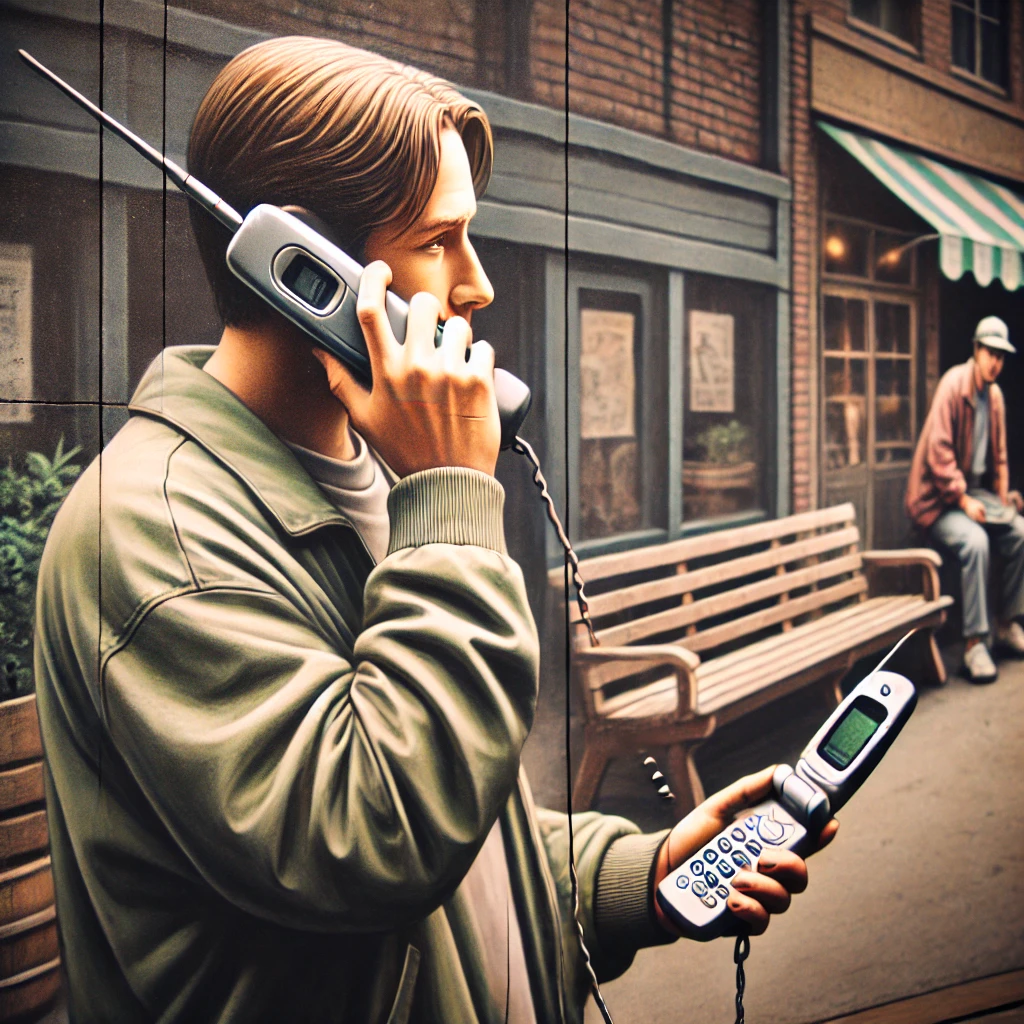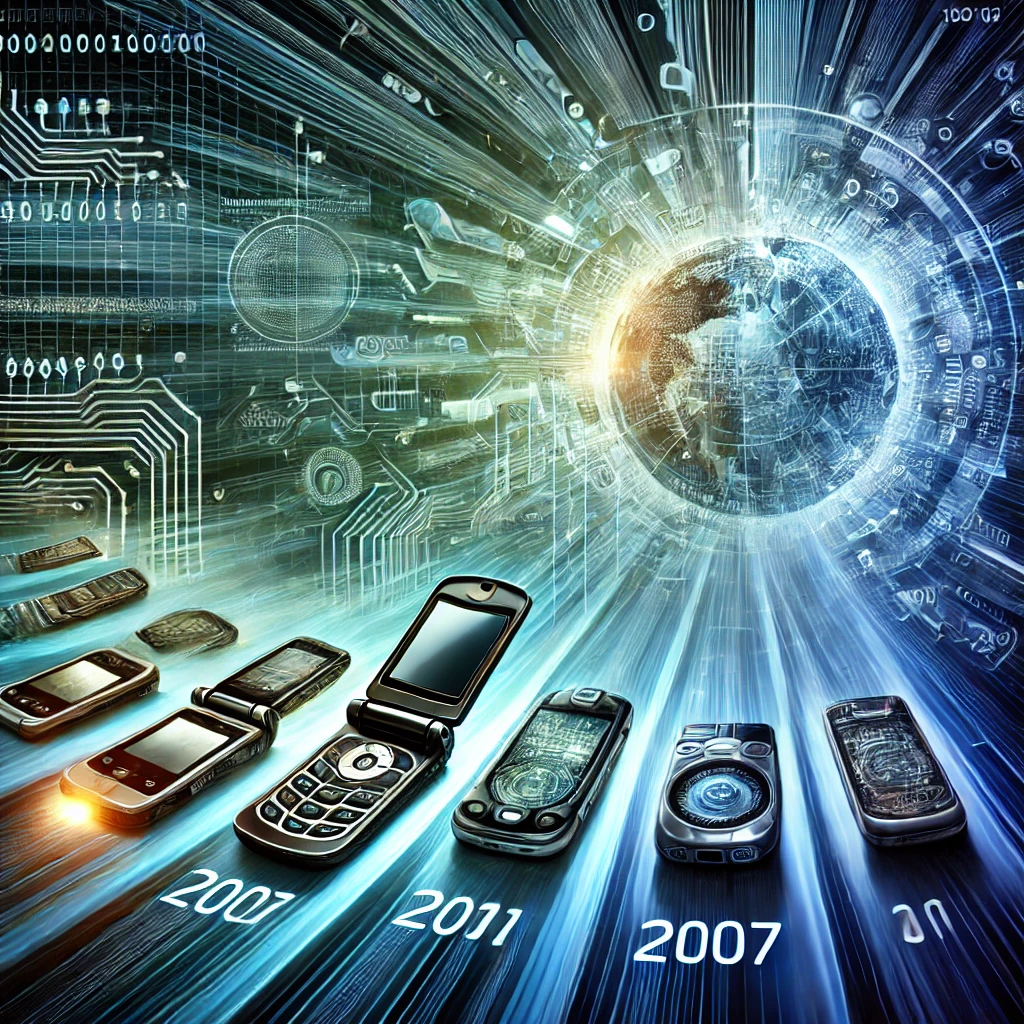On January 9th, 2007, Apple co-founder Steve Jobs unveiled the first iPhone, an event that would go down in history as one of the most transformative moments in technology. The iPhone, a sleek combination of a mobile phone, iPod, and handheld computer, was unlike anything the world had seen before. Its introduction not only revolutionized the smartphone industry but also changed the way people communicate, work, and navigate the increasingly digital world.

The Groundbreaking Introduction
The iPhone was introduced to the public during the Macworld conference, and Steve Jobs’ presentation has since become iconic in the world of technology launches. With a single touch of a button, Jobs demonstrated the iPhone’s multitouch screen, which allowed users to interact with the device in ways that were previously unimaginable. The device combined a mobile phone with a digital music player, an internet browser, and a powerful multimedia device, all housed in one compact design.
The key feature of the iPhone was its capacitive touchscreen, which replaced the physical keyboards and styluses that were commonly used in phones at the time. This innovation allowed for an entirely new user experience, one based on gestures like tapping, swiping, and pinching, making it intuitive and user-friendly. The iPhone’s design also marked a departure from the bulky mobile phones of the era, opting for a sleek, minimalist look that would define the Apple brand.

Changing the Smartphone Landscape
The release of the iPhone marked the beginning of a new era for smartphones. Prior to the iPhone, the mobile phone market was dominated by devices with physical keyboards or stylus-based interfaces, such as the BlackBerry and Palm devices. The iPhone’s all-touchscreen design set it apart from the competition and quickly made traditional mobile phones obsolete.
What truly set the iPhone apart was its ecosystem. The App Store, launched a year later in 2008, allowed developers to create and sell apps that could be downloaded directly to the iPhone. This shift turned the iPhone into a versatile platform for everything from social networking to productivity tools, entertainment, and gaming. It changed the way people interacted with their phones, making them more than just tools for calling and texting, but essential everyday devices for millions of users worldwide.

Lasting Impact on Communication and Technology
The impact of the iPhone extended far beyond the smartphone market. It changed the way we communicate, socialize, and work. With instant access to email, social media, and the internet, the iPhone allowed users to stay connected and productive in ways that were previously impossible. It revolutionized how businesses operate, making it easier for people to work remotely and access information from anywhere.
Moreover, the iPhone played a major role in the shift toward mobile-first digital experiences. Websites, apps, and services began to prioritize mobile users, and industries from retail to entertainment adapted to the rise of mobile commerce and mobile content consumption. The iPhone also influenced other areas of technology, from wearables to smart home devices, creating a new era of interconnected devices that make up the modern digital landscape.
The unveiling of the first iPhone on January 9th, 2007, was a defining moment in the history of technology. Apple’s revolutionary device changed the course of the mobile industry and altered the way people communicate, work, and live. Today, the iPhone remains at the heart of Apple’s business, and its legacy is felt across all aspects of modern life. The iPhone didn’t just change technology—it reshaped society, leaving an indelible mark on the world.
